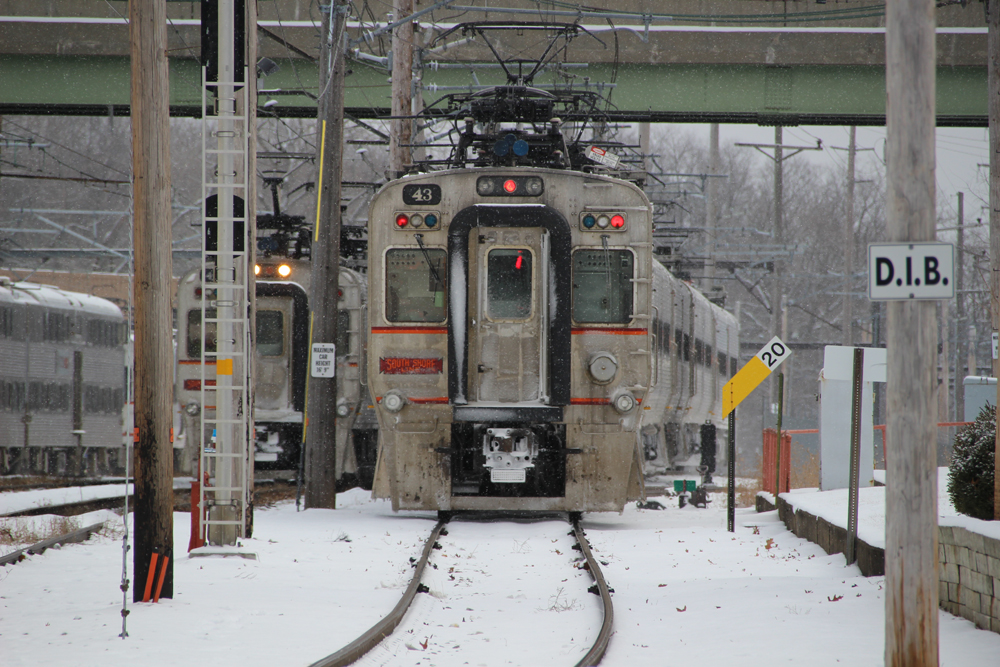
CHICAGO — The South Shore Line will permanently close its ticket offices at Chicago’s Millennium Station and at its Carroll Avenue station in Michigan City, Ind., as of Friday, April 26. The Northern Indiana Commuter Transportation District announced the move on Tuesday, April 16, saying in a press release that it will “allow the SSL […]
Read More…

MILAN, Italy — The Canadian government will provide C$300,000 to the International Transport Forum to help rebuilding of Ukraine’s road and rail network, Transport Minister Pablo Rodriguez announced last week at a meeting of the G7 Transport Ministers. The funding, under the Clean Transportation System program, will focus on aiding greener intercity and international travel […]
Read More…
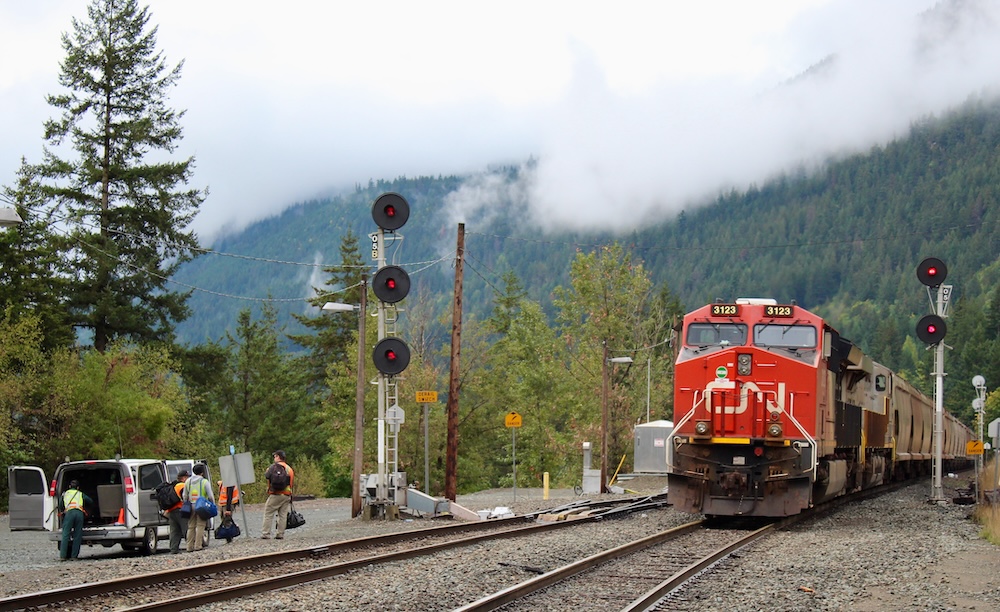
MONTREAL — Canadian National last week improved its contract offer to the Teamsters Canada Rail Conference, which represents engineers and conductors in Canada. The railway said it offered the union better wages, more job security, and guaranteed earnings during talks held April 10-12. Both CN and Canadian Pacific Kansas City have proposed abolishing the traditional […]
Read More…
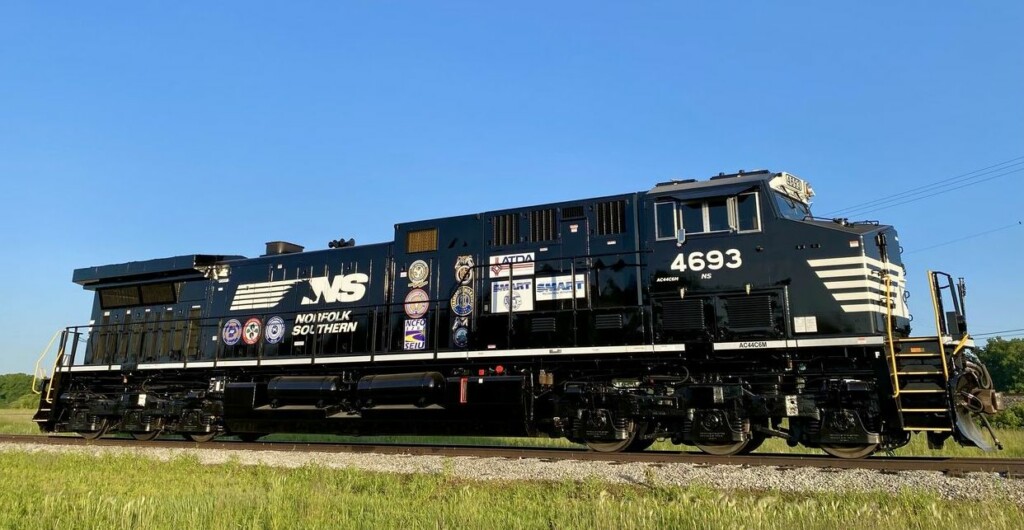
WASHINGTON — The AFL-CIO today became the latest organization to oppose an activist investor’s bid to gain control of Norfolk Southern. “In our view, Ancora’s business plan to reduce Norfolk Southern’s operating ratio while improving safety and service is not realistic. Railway labor unions, shippers, and federal regulators have warned that Ancora’s plans may jeopardize […]
Read More…

Nebraska’s U.S. Route 30 LOCATION: Trains Columnist Don Phillips prescribed driving Nebraska’s U.S. Route 30 along the Union Pacific main line as an antidote for the 1970s railroad blues (“Solace on Highway 30,” October 1978). For all that has changed in 45 years, the railroad is still Union Pacific and it always puts on a […]
Read More…
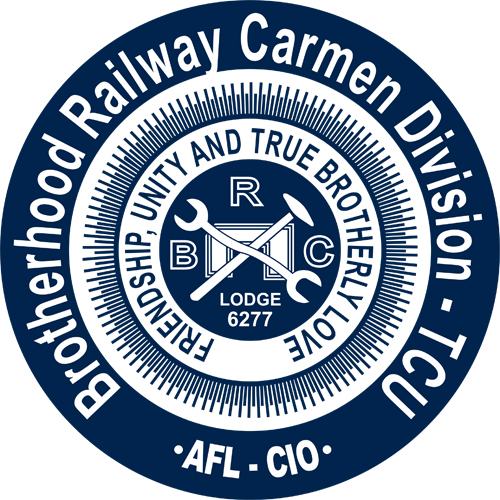
WASHINGTON — The Brotherhood of Railway Carmen has reached a sick-leave agreement with Canadian Pacific Kansas City, the union announced today. The union becomes the first with a sick-leave agreement with every Class I railroad. In line with other agreements with Class I railroads, the agreement provides for four days of paid sick leave and […]
Read More…
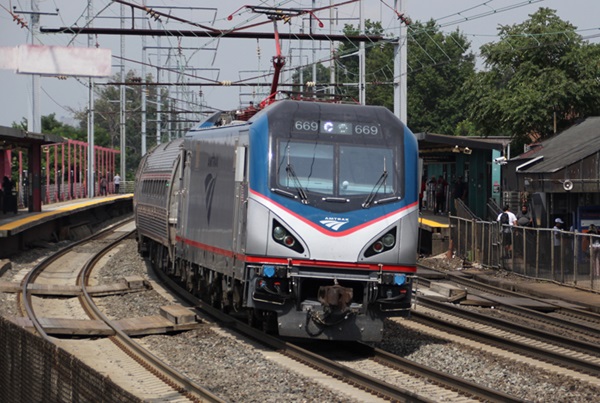
NEW YORK — Amtrak has restored service between Philadelphia and New York’s Penn Station following the issues that disrupted operations Monday night, the company announced in a service advisory at 7:15 a.m. ET today (Tuesday, April 16). NJ Transit is offering limited service on the Northeast Corridor. Along with what the company is calling “residual […]
Read More…
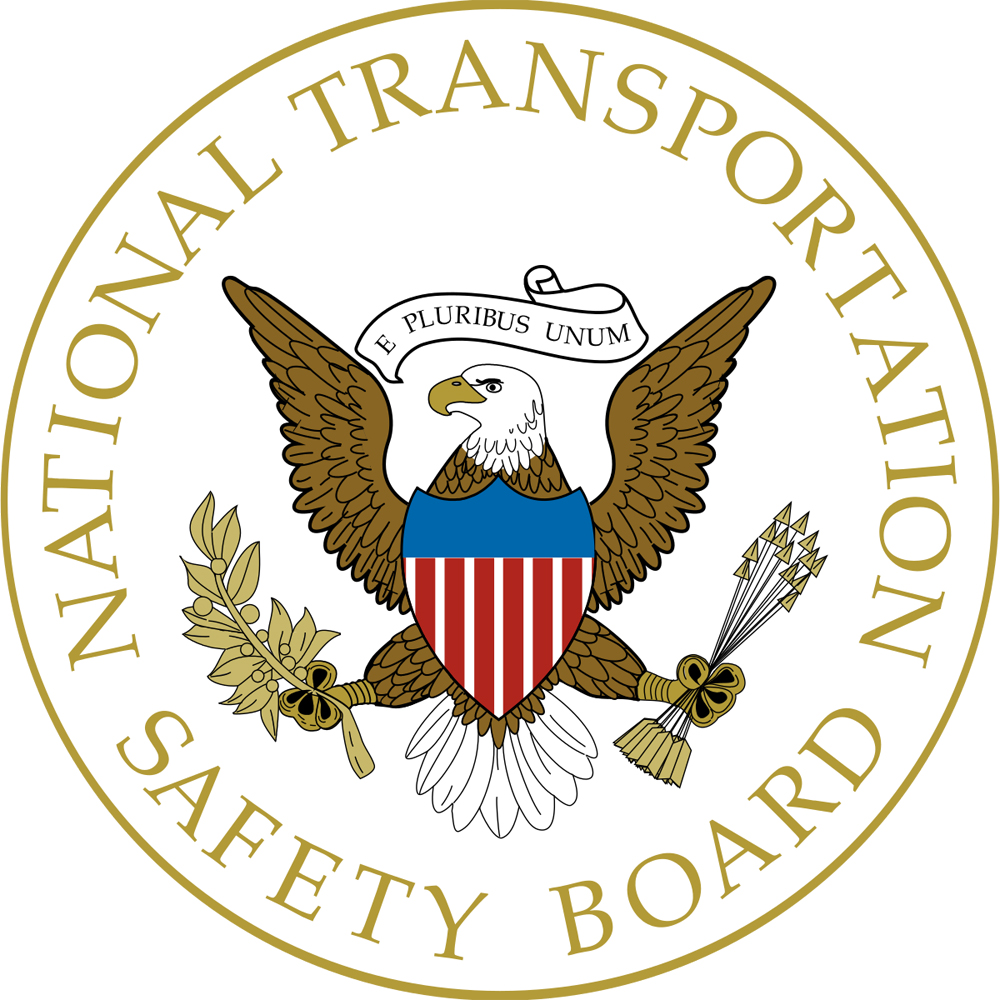
WASHINGTON — The National Transportation Safety Board has named Patrick Warren as director of its Office of Railroad, Pipeline & Hazardous Materials Investigations, and selected Mike Budinski as deputy director of the NTSB Office of Research and Engineering. Warren previously was chief safety and security officer for New York’s Metropolitan Transportation Authority for more than […]
Read More…
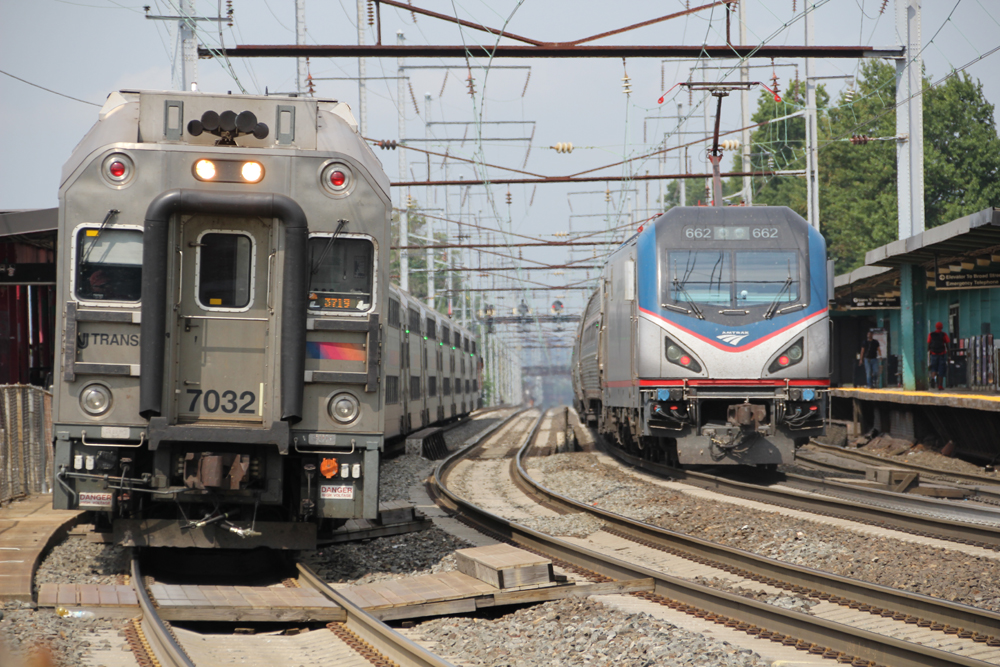
NEW YORK — Amtrak passengers are facing long delays and cancellations on part of the Northeast Corridor this evening (Monday, April 15), and NJ Transit operations on the NEC are suspended, because of catenary issues near New Brunswick, N.J. Amtrak first reported the problem at 6:33 p.m. ET on its Amtrak NEC Alerts feed on […]
Read More…
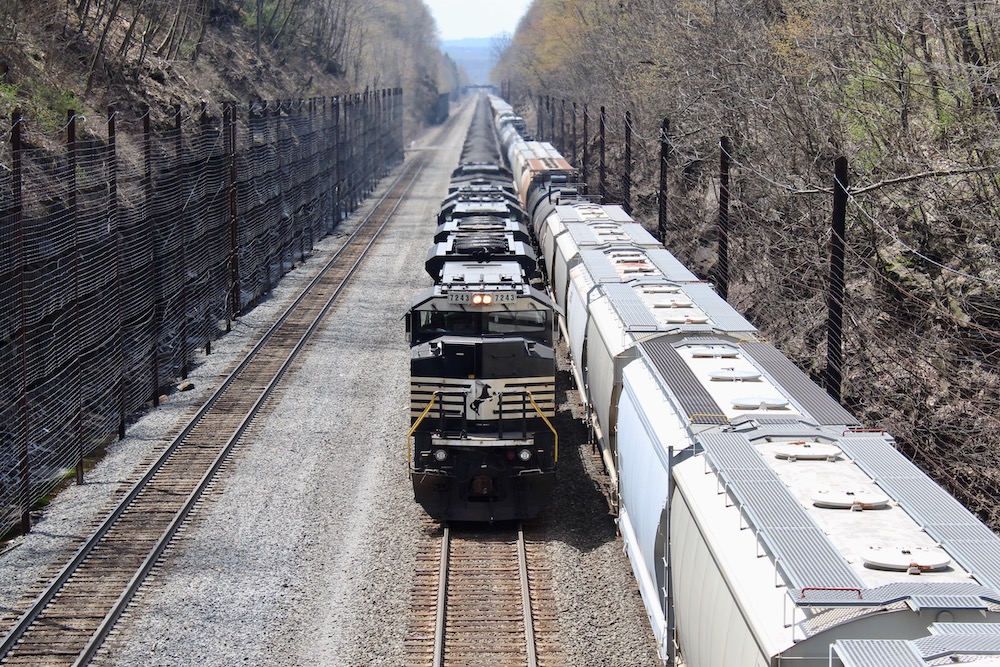
Trains sat down with Norfolk Southern CEO Alan Shaw and new Chief Operating Officer John Orr today to discuss the railroad’s strategy and response to activist investor Ancora Holdings. Ancora has launched a proxy battle to gain control of the Norfolk Southern board, and wants to appoint former UPS executive Jim Barber Jr. as CEO […]
Read More…

GE’s B30-7 In the late 1970s, General Electric introduced the B30-7, a 16-cylinder, 3,000-hp, four-axle locomotive designed for road service. Virtually identical externally to the B23-7 model offered at the same time, the B30-7 ended up with less orders, though it did sell more variations than its 12-cylinder, 2,250-hp cousin. The launch customer for the […]
Read More…

Railroad fusees My first memory of using railroad fusees [flares] for signaling was on an early winter morning in 1978. Coming back from lunch on the midnight shift at Auburn yard, the scenery had turned very foggy. Lanterns, while not useless, were hard to see at a distance in that kind of weather. During those […]
Read More…











